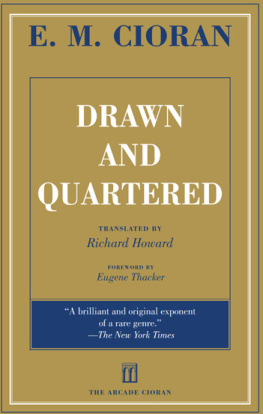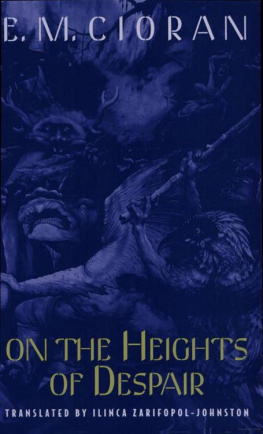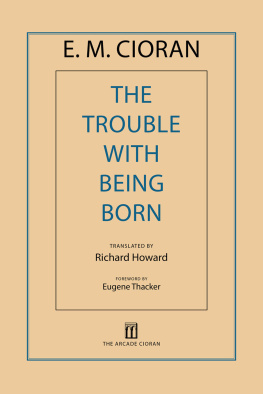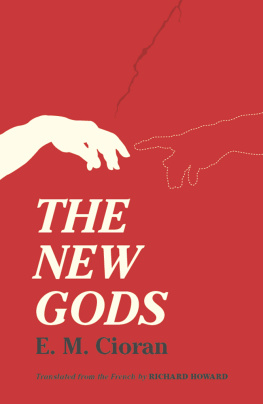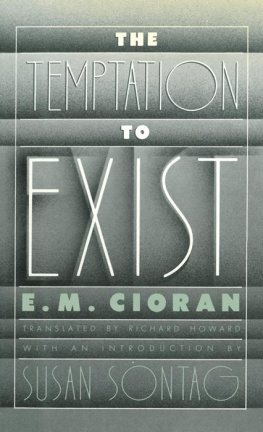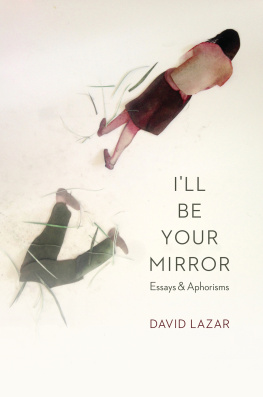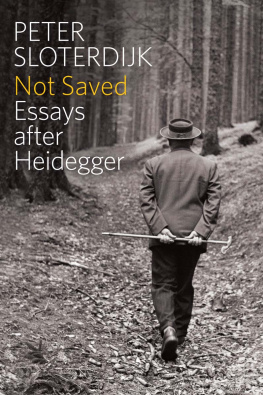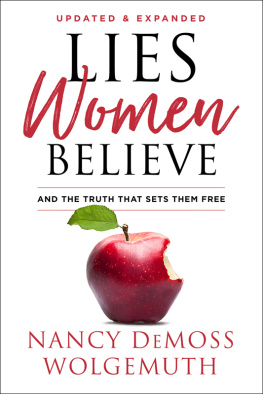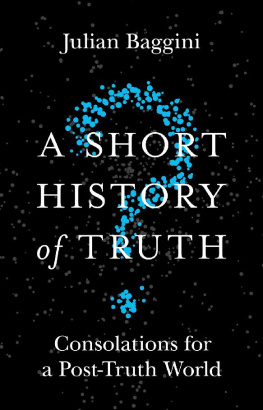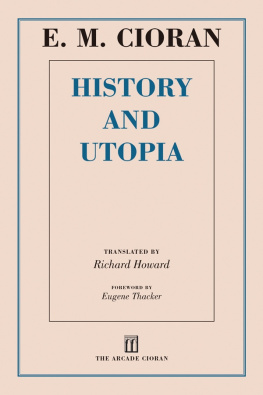Drawn and
Quartered
BY E. M. CIORAN
Anathemas and Admirations
Drawn and Quartered
History and Utopia
On the Heights of Despair
A Short History of Decay
Tears and Saints
The Temptation to Exist
The Trouble with Being Born
Drawn and
Quartered
E. M. Cioran
Translated from the French by 
Richard Howard
Foreword by
Eugene Thacker

Copyright 1971 by Editions Gallimard
English-language translation copyright 1983, 2012 by Seaver Books
Foreword copyright 2012 by Skyhorse Publishing, Inc.
All Rights Reserved. No part of this book may be reproduced in any manner without the express written consent of the publisher, except in the case of brief excerpts in critical reviews or articles. All inquiries should be addressed to Arcade Publishing, 307 West 36th Street, 11th Floor, New York, NY 10018.
Arcade Publishing books may be purchased in bulk at special discounts for sales promotion, corporate gifts, fund-raising, or educational purposes. Special editions can also be created to specifications. For details, contact the Special Sales Department, Arcade Publishing, 307 West 36th Street, 11th Floor, New York, NY 10018 or arcade@skyhorsepublishing.com.
Originally published by Editions Gallimard, Paris, France, under the title Ecartlement
Arcade Publishing is a registered trademark of Skyhorse Publishing, Inc., a Delaware corporation.
Visit our website at www.arcadepub.com.
10 9 8 7 6 5 4 3 2 1
Library of Congress Cataloging-in-Publication Data is available on file.
ISBN: 978-1-61145-696-7
Printed in China
Contents
Foreword
by Eugene Thacker
An informal meeting of friends outside a caf Paris, winter, 1977. They are old schoolmates, each a Romanian exile in France. Eugne Ionesco is a playwright and leading figure of the so-called theater of the absurd; Mircea Eliade, an historian of religion, is the author of The Sacred and the Profane, and E. M. Cioran, wayward philosopher, is a writer of aphorisms known for their dark wit and pessimistic tone. Though their books are found on different shelves in Parisian bookshops, they all speak to the key issues of postwar Western culture an existential crisis brought on by a loss of faith in the humanist project; alienation from ones self and others triggered by the chaotic pace of modern life; weariness over the ascendency of scientific hegemony and technical rationality; and an emerging awareness of a new and unrecognizable world, a world at once post-industrial and postmodern.
Cioran himself seemed especially aware of the changing tides; the reclusive prowler of the Latin Quarter began giving more and more interviews, some of them for radio and television. In 1979 Cioran published a book with the stark title cartlement, translated here as Drawn and Quartered. Cioran was in his late sixties, and had for decades been living modestly in his Rue de lOdon alcove with his companion, Simone Bou. Drawn and Quartered is, at first glance, classic Cioran the sullen, pessimistic tone delivered in compact prose, writing situated in the interzone between philosophy and poetry. But this book is also exemplary of the later Cioran. The pessimistic statements are there, true, but there is a sharpness to them, a contentiousness absent in the earlier, more lyrical books: Left to its own devices, depression would demolish even the fingernails; Nothing makes us modest, not even the sight of a corpse; Existing is plagiarism. The structure of the book is also a bit different. The first part of the book appears to be a series of polemical essays, while the second part comprises a string of taut, apocalyptic aphorisms. The two parts of the book are at once opposed to each other and yet form two sides of the same coin.
But, looking closely, we see that the essays are not just essays but border on agonistic, philosophical rants (the section entitled The Urgency of the Worst is exemplary in this regard philosophy as a form of grumpiness). And the aphorisms are different too, far from the polished aphorisms of classical authors like La Rochefoucauld. They are more properly termed fragments, haphazard and incidental thoughts, more in the tradition of Pascal, Lichtenberg, and Kafka. Ciorans fragments are themselves so fragmented, so shattered (and shattering), that they sometimes seem less than a fragment: more a particle, a speck of dust, the debris of contemplation.
While Cioran was never one simply to react to trends, Drawn and Quartered shows a marked awareness with the late twentieth century concern with the end the end of the millennium, the end of modernity, the end of history, the end of philosophy, the end of politics, the end of nature, the end of the grand narratives that we have traditionally told ourselves about a world ultimately indifferent to our made-up stories about it. The obsession with lastness apropos of everything, the last as a category, as constitutive form of the mind, as original deformity, even as revelation.... This awareness largely accounts for the eschatological tone of Drawn and Quartered. It may be at hand, the day when, no longer able to endure the mass of fear we have accumulated, we shall collapse beneath the burden with which it overwhelms us. In passages like this, Cioran uncannily looks ahead to the postmodern melancholy of such thinkers as Jean Baudrillard, Paul Virilio, and even J. G. Ballard. This time the fire from heaven will be our fire, and to escape it we shall rush to the depths of the earth, far from a world we ourselves have spoiled and disfigured. For Cioran, we can already hear the planetary death knell of a world selfishly made in our image, a human world for human beings.
But Cioran always adds a touch of black humor, a slight upward curl of the lips: And we shall sojourn beneath the dead and envy their repose and their beatitude, those carefree skulls forever on vacation.... If there is an epiphany in this book, it is not uplifting but a more difficult one that asks, not without humor, that we confront the strange human urge toward our own horizon, a horizon that ambivalently points to a non-human planet: Enough to be in a crowd, in order to feel that you side with all the dead planets.

The Two Truths
... It is closing-time in the gardens of the West.
Cyril Connolly
According to a Gnostic legend, a war broke out in heaven among the angels, in which Michaels legions defeated those of the Dragon. The nonpartisan angels who had been content to look on were consigned to earth, in order to make there a choice they had not been able to determine on high, one all the more arduous in that they brought with them no memory of the combat or, indeed, of their equivocal attitude.
Thus historys commencement can be traced to a qualm, and man resulted from an original... vacillation, from that incapacity, before his banishment, to take sides. Cast to earth in order to learn how to choose, he was condemned to action, to risk, and was apt for it only insofar as he stifled the spectator in himself. Heaven alone permits neutrality to a certain point, while history, quite the contrary, appears to be the punishment of those who, before their incarnation, had found no reason to join one camp rather than another. We realize why human beings are so eager to espouse causes, to club together, to rally round a truth. Around what kind of truth?

